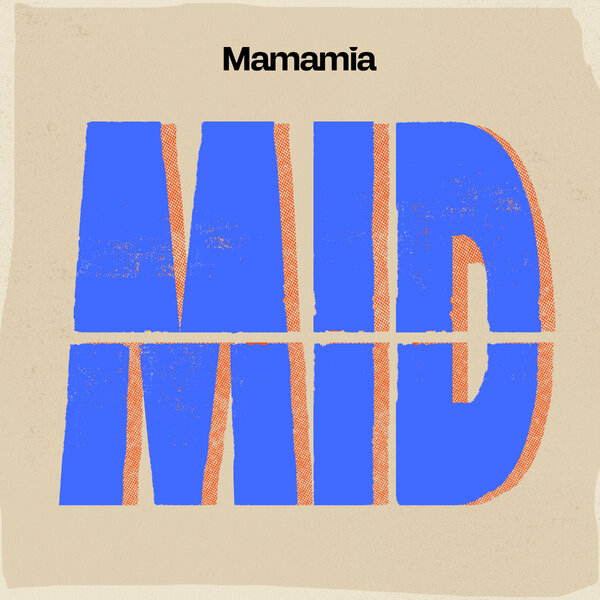But it’s not pretty.
If you’re pregnant and revolted by formerly favourite foods — and most everything else for that matter — you may be carrying a boy, a new study suggests.
Polish researchers found that women carrying boy babies were more likely than those with girls to be squeamish in the first two trimesters of pregnancy, according to the study published in the journal Physiology and Behaviour.
The theory is that the squeamishness — or “disgust” to use the authors’ words — is there to protect growing male embryos, which other studies have shown to be more vulnerable than female ones, explains Agnieszka ?ela?niewicz and her co-author, both researchers in the department of human biology at the University of Wroc?aw, Poland. This feeling of disgust is something separate from pregnancy nausea, though they’re probably linked.
It certainly isn’t the first attempt to look for signs of a baby’s sex before birth, but it’s one of the few occasions in which scientists have weighed in.
And while it might seem odd to still be trying to predict gender at a time when ultrasound can often provide an answer the burning question, there are plenty of couples who opt to eschew scanning but still like to play the guessing game, says OB-GYN Dr. Diana Bitner, a physician with the Spectrum Health Medical Group in Grand Rapids.
“There are couples who choose not to find out via ultrasound but want to have fun with it,” Bitner says, adding that we might call this new method “The Smelly Socks Test,” and append it to the long list of tried, if not altogether true, techniques to determine a baby’s sex before birth.
For example, there’s the high versus low method, which suggests that women carrying their babies low are having boys, and girls if they are carrying high. Interestingly, many horse breeders subscribe to a similar prediction method: if the mare carries wide, it’s a filly, if she carries low it’s a colt.
Another old time favourite, Bitner says, is the pendulum test. “You take a needle and tie it to a thread and hang it over the mum’s belly,” she explains. “If it turns clockwise it’s a girl, counter clockwise and it’s a boy.”





























































































